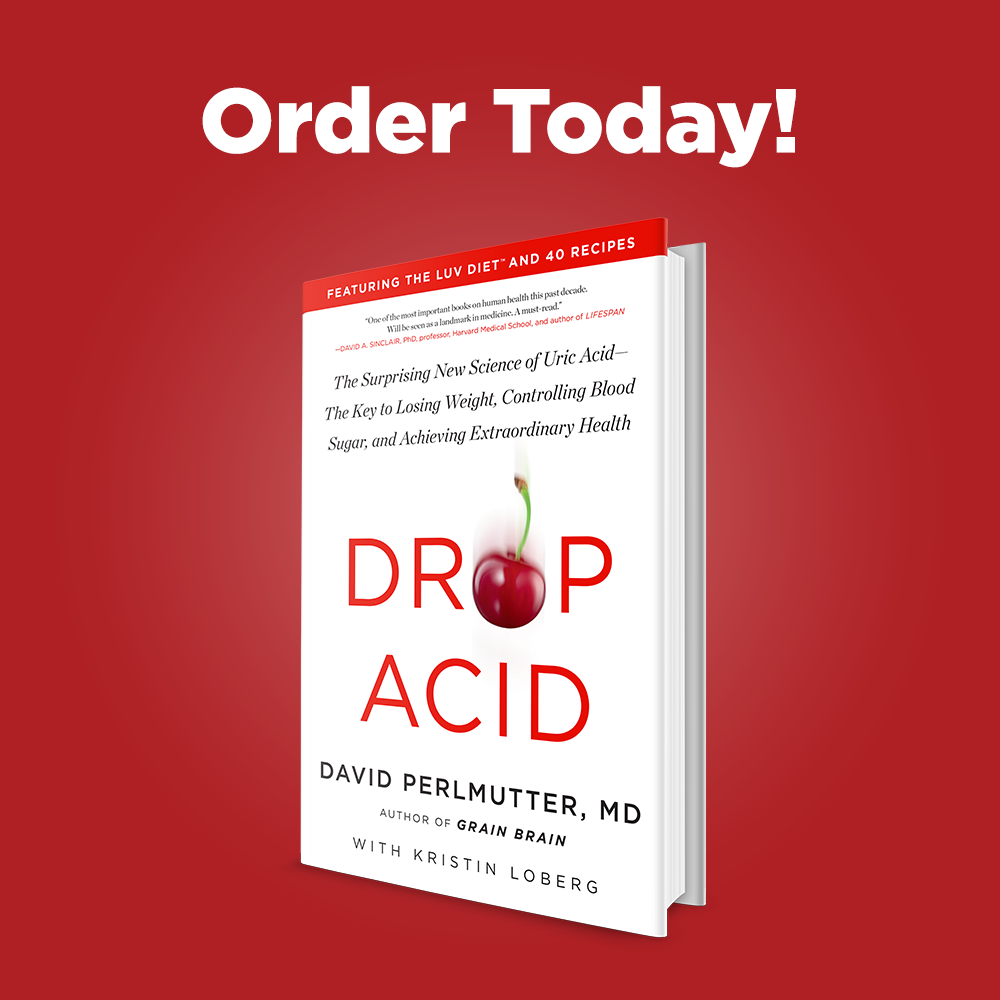Dietary Oils – An Important Update

We are so frequently warned about the health threats of consuming the ever so popular seed oils. And there’s good reason for the admonition. Generally, online resources focus on the high omega-6 content of these popular oils as representing their main source of threat as it relates to our health and longevity. But if we dig deeper, how does this discussion really hold up?
The answer is, it does. And I think it’s valuable to explore one area of this evolving science that clearly makes the case that we should do our best to avoid seed oils.
At the risk of getting to granular, I want to introduce a chemical, 4-Hydroxy-2-nonenal. We’ll call it HNE. HNE is a major byproduct of the breakdown of omega-6 fats in our bodies. And the evolving science surrounding HNE reveals that it is seen to be elevated in correlation with obesity, cardiovascular disease, stroke, Alzheimer’s disease, Parkinson’s disease, diabetes, and even aging. And the production of HNE is increased when omega-6 oils are heated as in cooking. This explains why in recent study demonstrated that the HNE content of French fries cooked in high omega-6 oils had remarkably higher levels of this threatening chemical. As the authors of the study reported:
It is clear that HNE is produced during the heating process of the frying oils and is incorporated into French fries. Frequently consumed foods containing considerable amounts of HNE, a toxic aldehyde, may be a public health concern since HNE toxicity is related to a number of common pathological conditions.
Seed oils are a major source of omega-6 fats in human nutrition today. And some of the most common culprits include oils made from canola, corn, cottonseed, soybeans, safflower and sunflower.
Despite what we were told for so many years, consuming fats in the form of oil is actually good for us. Clearly, it’s the type of oil we consume that is critical in this discussion. The threatening oils listed above are worrisome because of their high content of omega-6 fats, specifically linoleic acid, which feeds right in to the production of HNE. As such, look for oils with low linoleic acid. In this regard, there’s an exciting oil that really checks the boxes in terms of being a real plus for health. It’s called Zero Acres Cultured Oil. Incredibly, its linoleic acid content is 3%. Compare that to the linoleic content of canola oil (20%), corn oil 59%, sunflower oil 71%, cottonseed oil 56%, soybean oil 56%, with olive oil coming in at around 7-8%.
What’s more, it contains a high level of healthful monounsaturated fat, at 90% – even higher than olive oil.
I am super excited about this oil to the extent that I serve as an advisor for the company. I have chosen to do so as I am thrilled that this oil, in addition to having the attributes described above, has a 10X smaller environmental footprint compared to vegetable oils because it is produced by fermentation. And its smoke point, meaning the temperature at which the oil starts burning and producing toxic breakdown products, is quite high at 485 degrees (F), considerably higher than, for example, corn oil.
The oils we consume and use in cooking have a significant impact on our health destiny. It’s really exciting to follow how the marketplace is responding to this evolving science, for our benefit.













